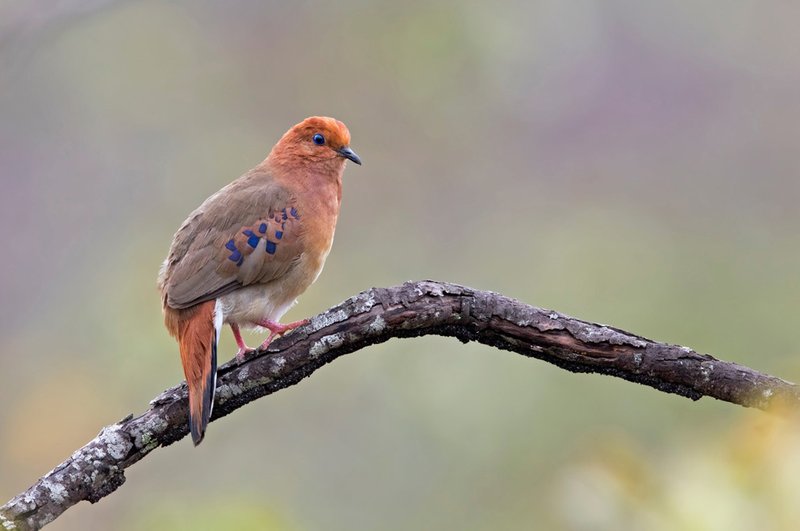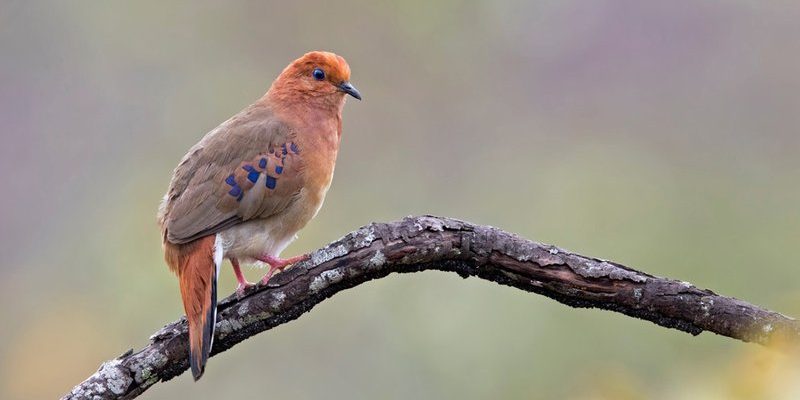
The world is home to many types of doves, from the common rock pigeon to the stunning mourning dove. These birds play essential roles in our ecosystems, helping to spread seeds and maintain a balance in nature. Unfortunately, habitat loss, hunting, and climate change are putting a dent in their populations. Understanding the conservation efforts aimed at protecting doves can shine a light on why these birds matter and what we can do to help.
The Importance of Doves in Ecosystems
Doves are more than just pretty sights—they play a vital role in our ecosystems. They are seed dispersers, meaning they help plants grow by eating fruits and spreading the seeds in their droppings. This process is similar to nature’s own delivery service. Without doves, many plants might struggle to reproduce and flourish.
Additionally, doves serve as prey for various predators, including hawks and foxes. This means that they’re also a part of the food web. If dove populations decline, it could throw off the balance in their habitats, impacting other species and the plants they rely on. So, when we protect doves, we’re contributing to a healthier ecosystem overall.
Current Threats Facing Dove Populations
While doves are resilient, they face several threats that are pushing them toward decline. One of the biggest issues is habitat loss. Urban development, agricultural expansion, and deforestation have diminished the natural spaces where doves thrive. Imagine a cozy café suddenly turned into an office building. The same goes for doves losing their nesting spots and food sources.
Next, hunting also poses a significant risk, particularly for species like the Eurasian collared-dove. In some regions, hunting regulations aren’t strict enough to ensure sustainable populations. The impact of climate change can’t be ignored either; changing weather patterns disrupt their migration routes and breeding seasons. These combined factors lead to declining dove populations, making conservation efforts even more crucial.
Conservation Organizations Making a Difference
Numerous organizations worldwide are dedicated to protecting doves and their habitats. The Cornell Lab of Ornithology is one of the most prominent; they conduct extensive research, actively monitor bird populations, and advocate for effective conservation practices. They’re like the birdwatching detectives, gathering data to help us understand how to best protect these feathered friends.
Another noteworthy organization is The North American Bird Conservation Initiative (NABCI). This group focuses on uniting various stakeholders, including governments and NGOs, to ensure that we address the challenges facing birds collectively. Their strategies include habitat restoration and developing sustainable land-use practices. Collaborating on this level is crucial because it can lead to more significant impacts.
Community-Based Conservation Efforts
It takes a village, or in this case, a community, to protect doves. Local groups across the globe are getting involved by organizing events such as bird counts and educational workshops. These grassroots efforts empower individuals to take action in their own areas. For instance, community volunteer programs engage citizens in habitat restoration, where they plant native vegetation that doves love.
Educating the public is a significant part of these efforts. By raising awareness about the importance of doves and the challenges they face, communities can inspire collective action. This could mean anything from advocating for bird-friendly policies to creating safe spaces for doves to thrive, like designated bird sanctuaries.
Restoration of Natural Habitats
Restoring natural habitats is an essential step in dove conservation. Many organizations work to restore areas by planting native trees, shrubs, and grasses. This not only provides doves with food and nesting sites, but it also supports other wildlife that shares the same ecosystem. It’s like reviving a neglected garden to bring back the beauty and life it once had.
These restoration projects often involve collaboration with local governments, society groups, and environmental experts. They assess which areas need revitalization and create plans that benefit doves while enhancing local ecosystems. By investing in these projects, we’re not just helping one species; we’re fostering biodiversity and creating healthier communities.
Individual Actions We Can Take to Help
Want to help doves but not sure where to start? There are plenty of simple actions you can take that make a big difference. First, consider creating dove-friendly spaces in your yard. Plant native flowers and shrubs that provide food and shelter. Even small elements like bird baths can be inviting.
You might also think about reducing pesticides and chemicals in your garden. These substances can be harmful to doves and other wildlife. Support local conservation initiatives by donating or volunteering your time. Every little effort counts and sends a message that we care about protecting our environment.
Conservation efforts aimed at protecting doves demonstrate the delicate balance we must maintain in our ecosystems. These birds are not just symbols of peace; they are essential players in the natural world. By understanding the threats they face and actively participating in conservation initiatives, we can contribute to healthier environments for doves and other wildlife.
Ultimately, protecting doves helps reinforce our connection with nature. As we sow seeds of change through restoration, education, and individual action, we cultivate hope for the future—a future where doves continue to coo sweetly in our parks and gardens for generations to come. So let’s work together to ensure that these lovely birds, which have so much to offer, remain a part of our world.

